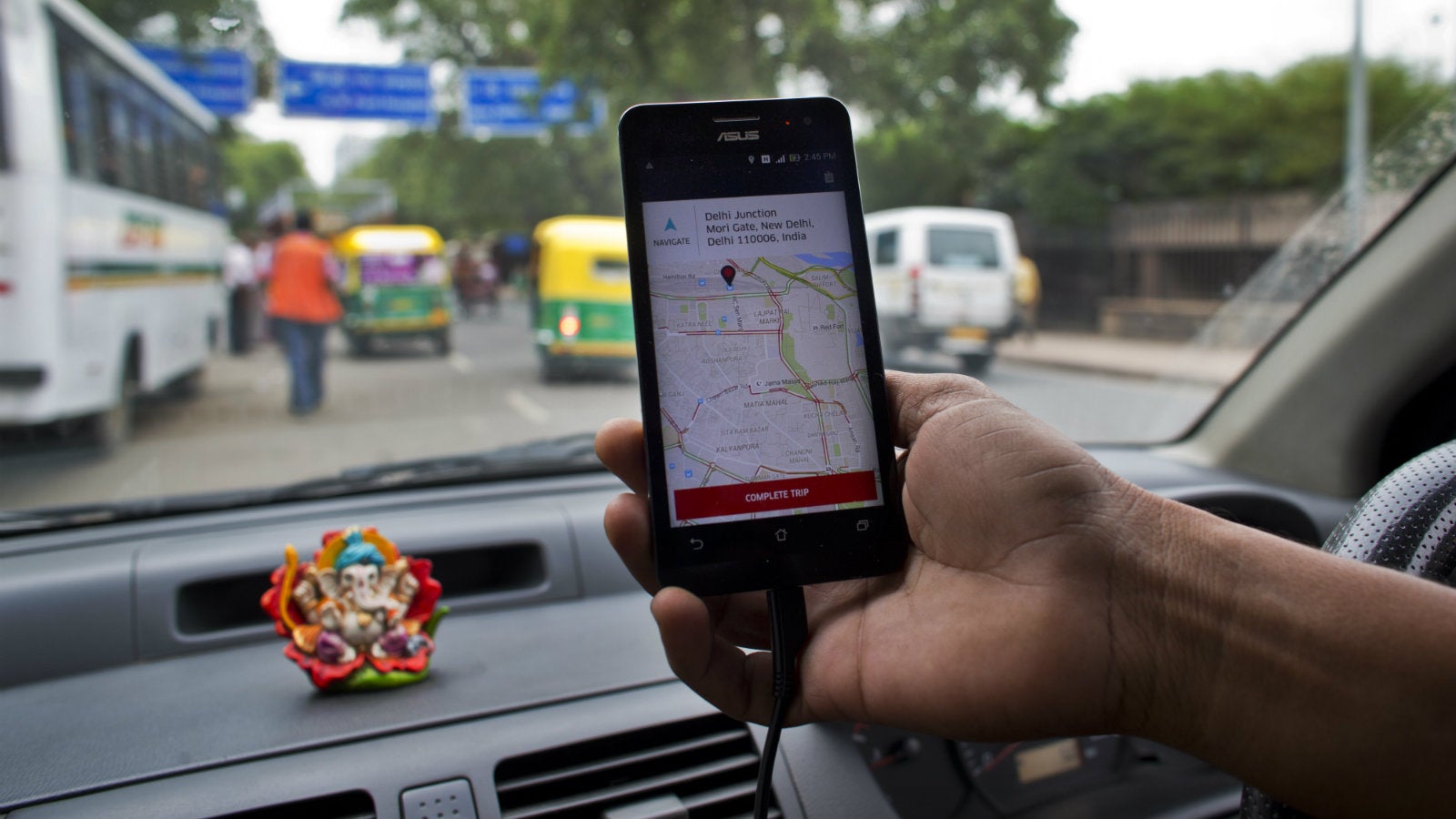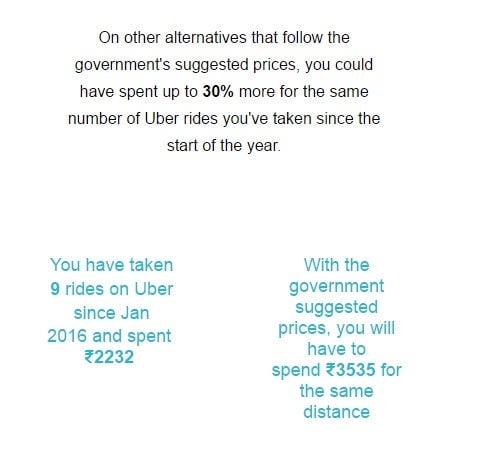Uber is telling every single rider in Bengaluru how much money surge pricing has saved them
Uber is personally reaching out to every user in Bengaluru, India’s Silicon Valley, to explain how surge pricing benefits them.


Uber is personally reaching out to every user in Bengaluru, India’s Silicon Valley, to explain how surge pricing benefits them.
Surge pricing, which raises prices when demand is high, is considered anti-consumer because it allows the company to take advantage of times when many people simultaneously need rides.
On April 6, the government in the southern Indian state of Karnataka banned the practice. Bengaluru is the capital city of Karnataka and one of the key markets for ride-hailing apps like Uber and Ola. The Karnataka government said taxi providers in the state cannot charge more than Rs19.50 per kilometer for an air-conditioned taxi and Rs14.50 for a non air-conditioned one.
This rule could hurt Uber and Ola, which often charge two to four times more on a ride due to surge pricing.
In personalised emails to every user in Bengaluru, the California-headquartered Uber said that it has looked at the numbers and “the government’s proposal to fix prices will cost you more overall.”
According to a calculation sent to me at Quartz in Bengaluru, I would have paid 30% more for my usage since January 2016, if the new government rule had come into effect then.

Uber did not explain the math behind this calculation. An email from Quartz did not get an immediate answer.
Surge pricing is not new in India. It is actively used in other sectors, such as aviation. The government has stepped in to check unusual spikes in airfares, but the practice has not been banned. Some experts believe that Karnataka government’s new policy on Uber pricing is misdirected.
“Surge pricing is not an exploitative pricing mechanism. It can be beneficial for the whole system,” said Kartik Hosanagar, professor at the University of Pennsylvania’s Wharton School. It can ”smooth out demand and ensures a better match between supply and demand,” said Hosanagar, whose research work focuses on the digital economy.
“It’s a bit of economics 101: supply and demand adjust in response to price changes. Surge pricing is not unique to us–airlines, hotels use the same pricing principles to match demand and supply. On Uber, surge pricing means you always have the choice to get a ride when you need one,” Uber said in its email to users.
However, some experts have raised questions about how companies such as Ola and Uber determine surge pricing. Such doubts are fueled by reports from passengers who say they were charged “peak hour charges” for rides during non-busy hours.
Uber’s decision to lobby against the Karnataka government’s rule is understandable as the law may be replicated in other Indian states. Maharashtra is already considering a similar ban, the Business Standard newspaper reported.